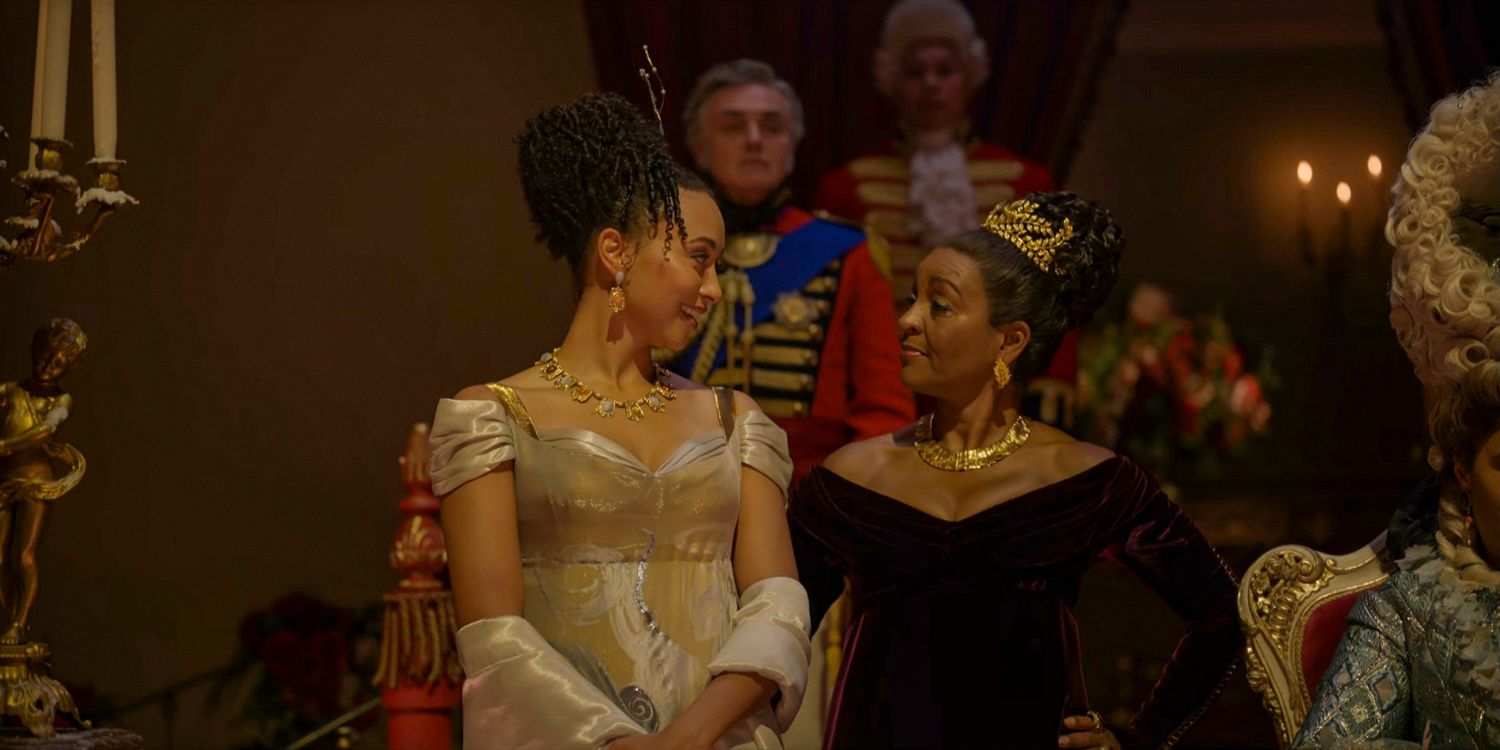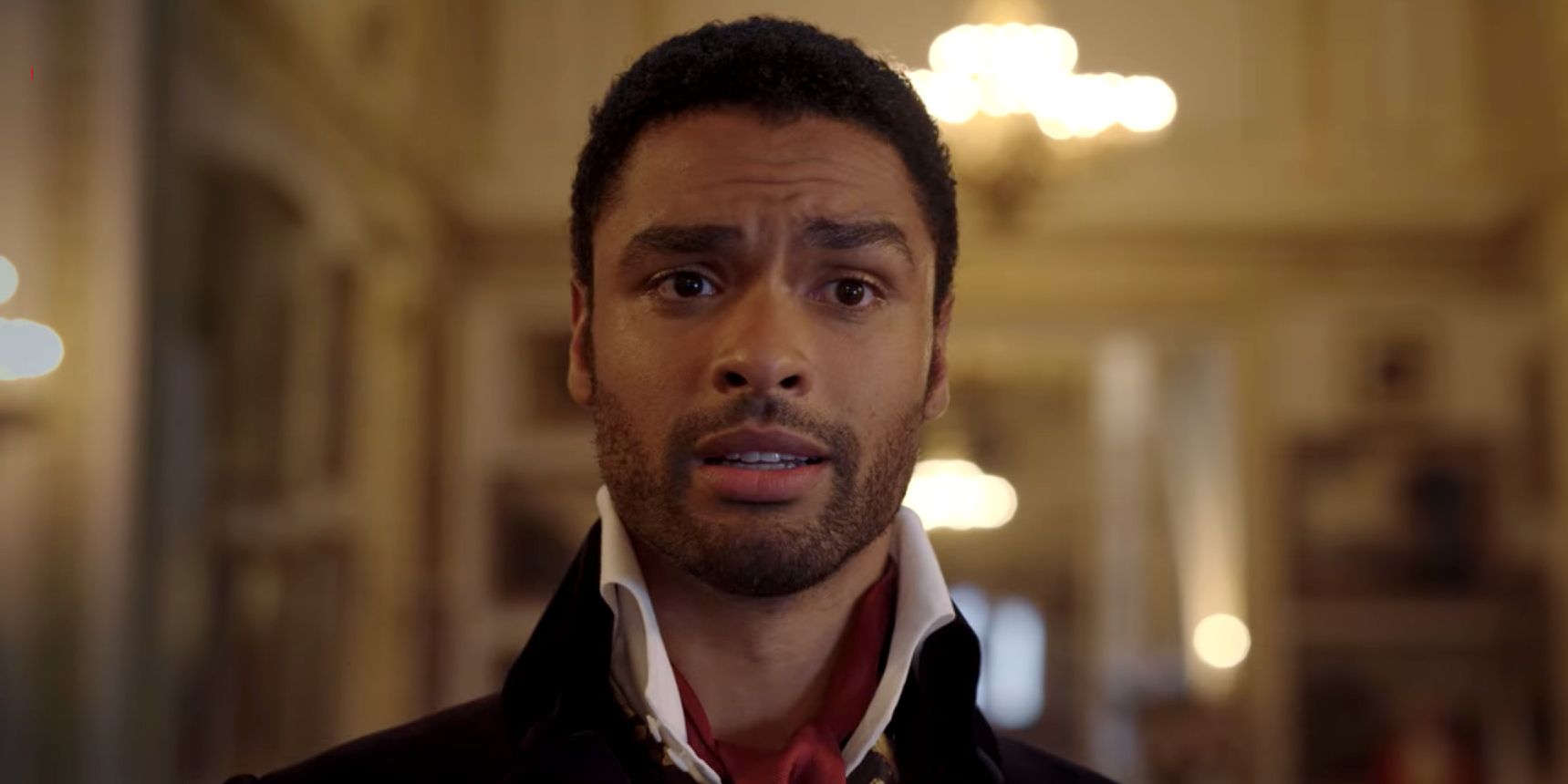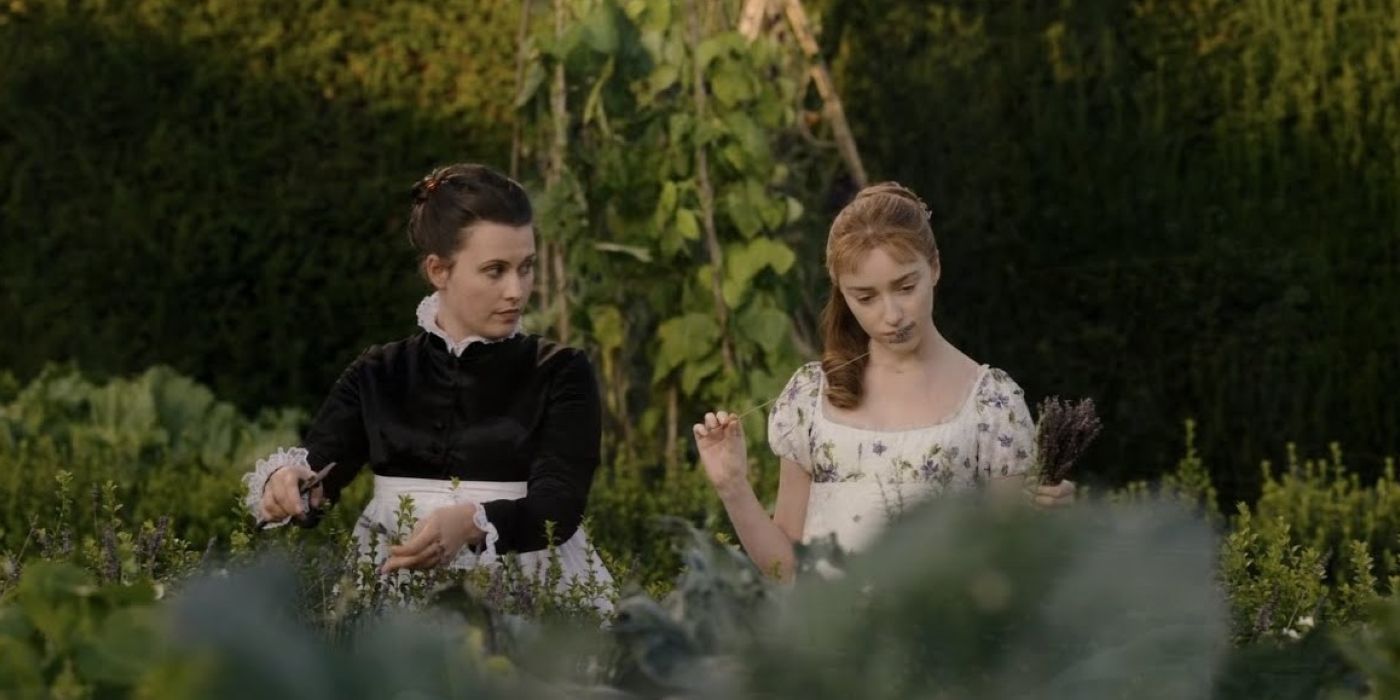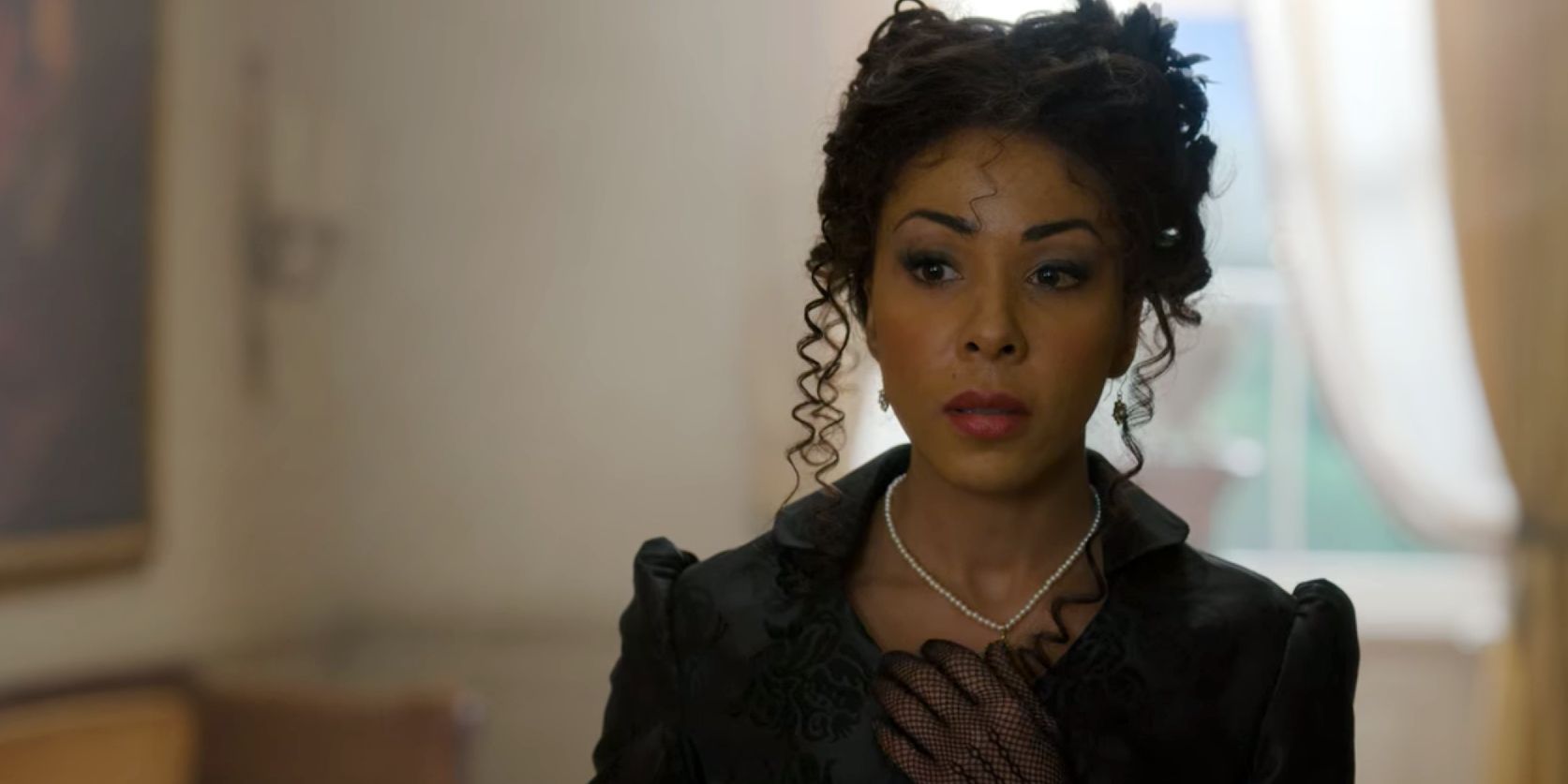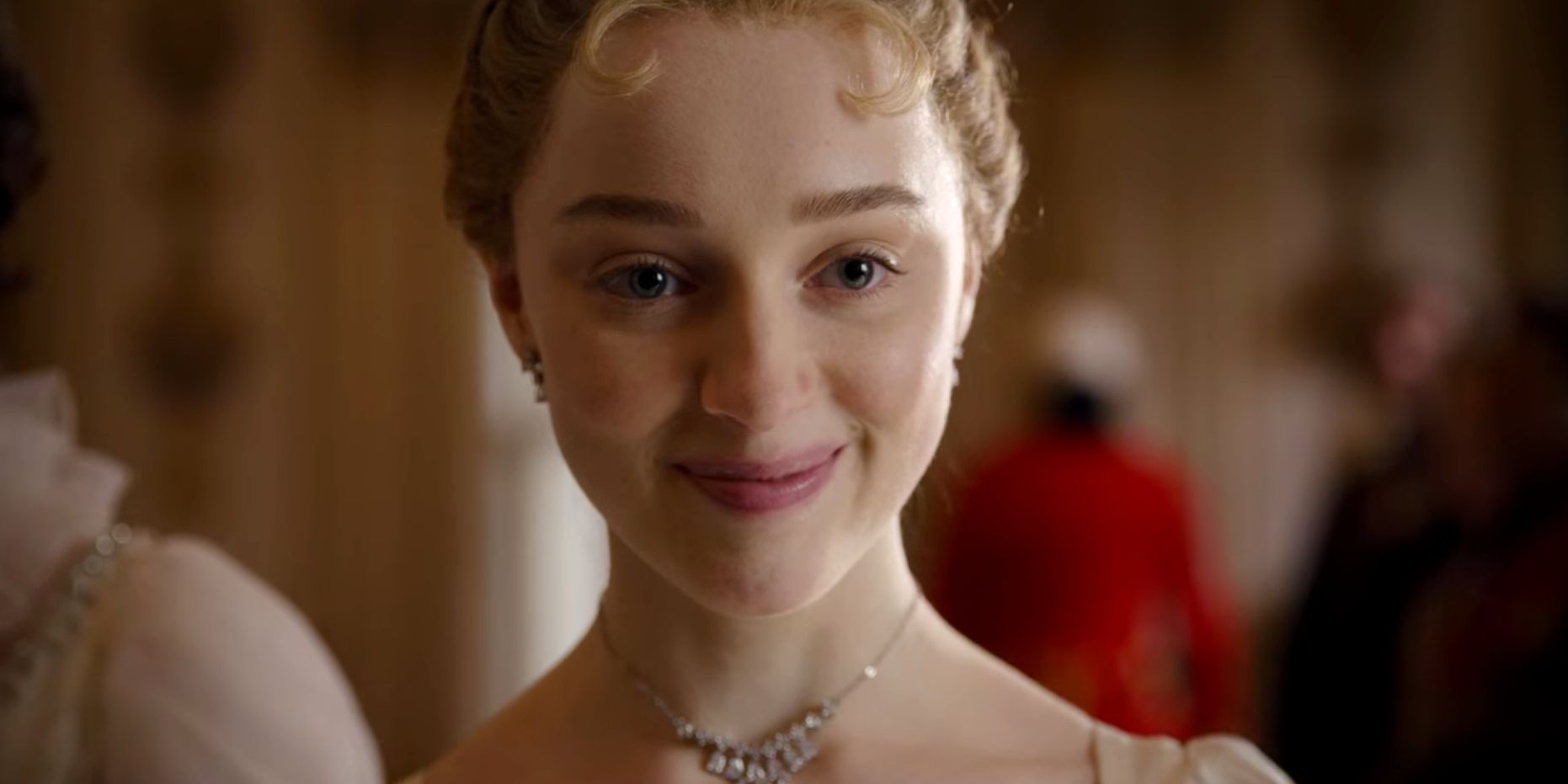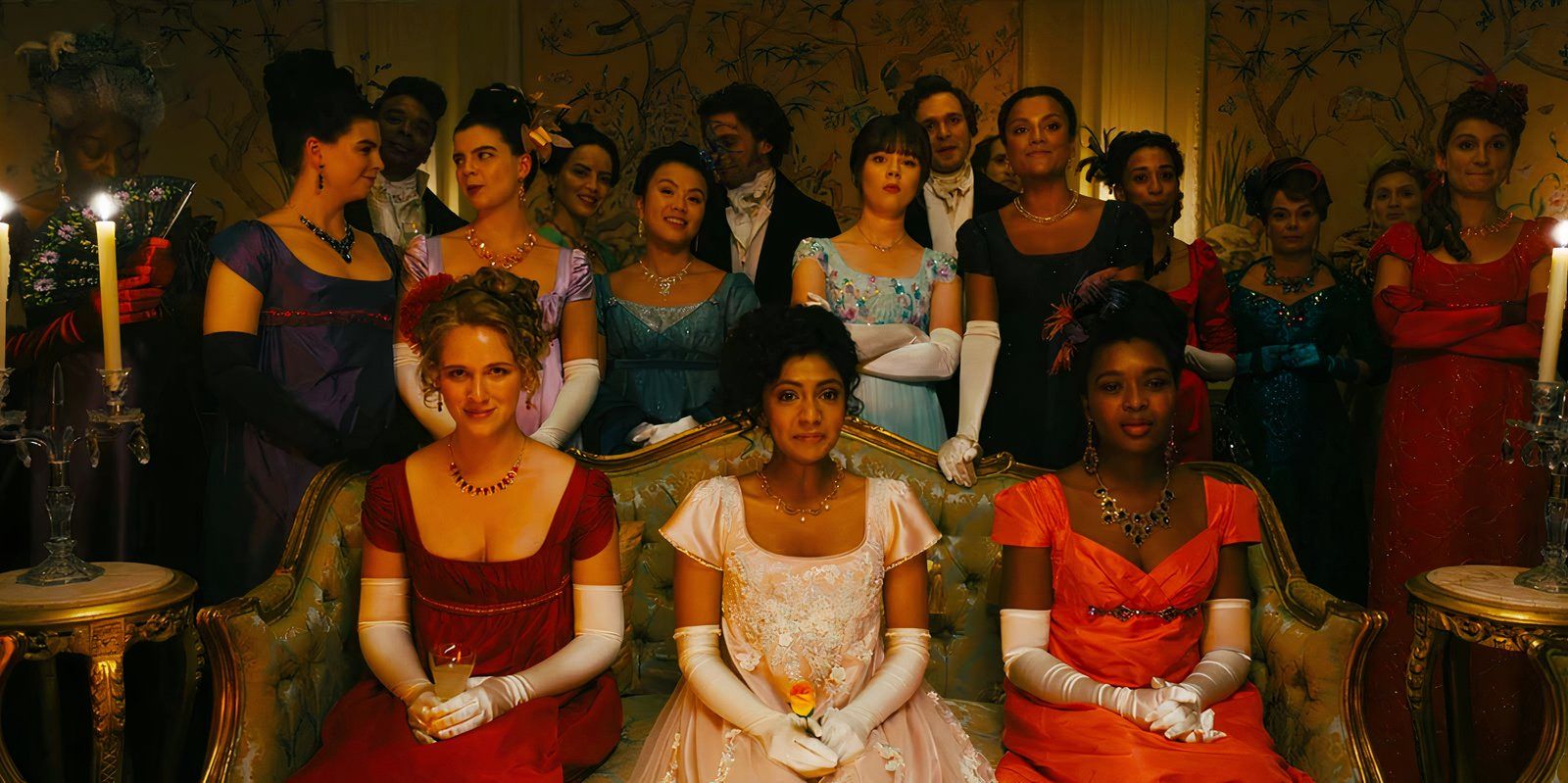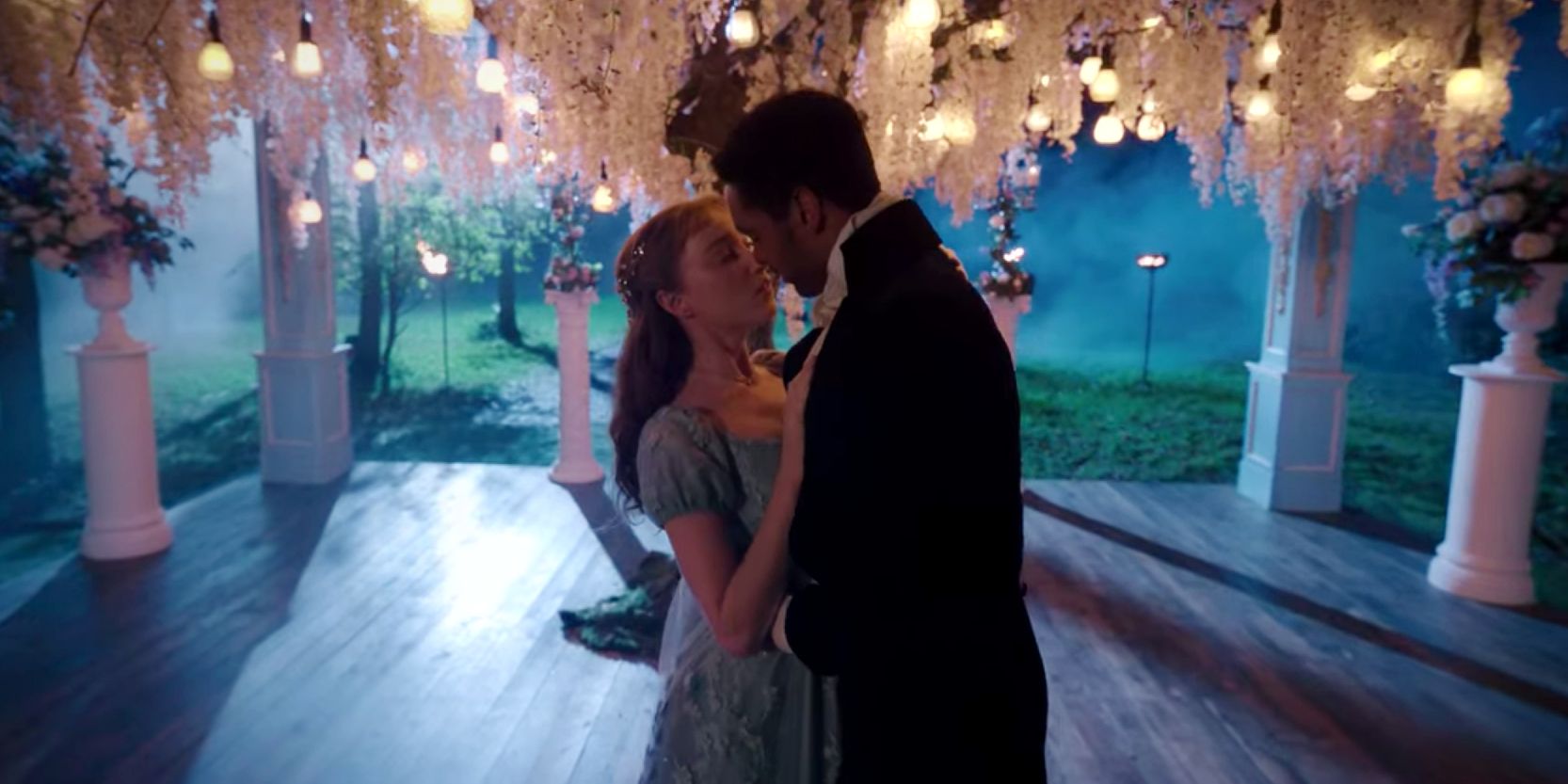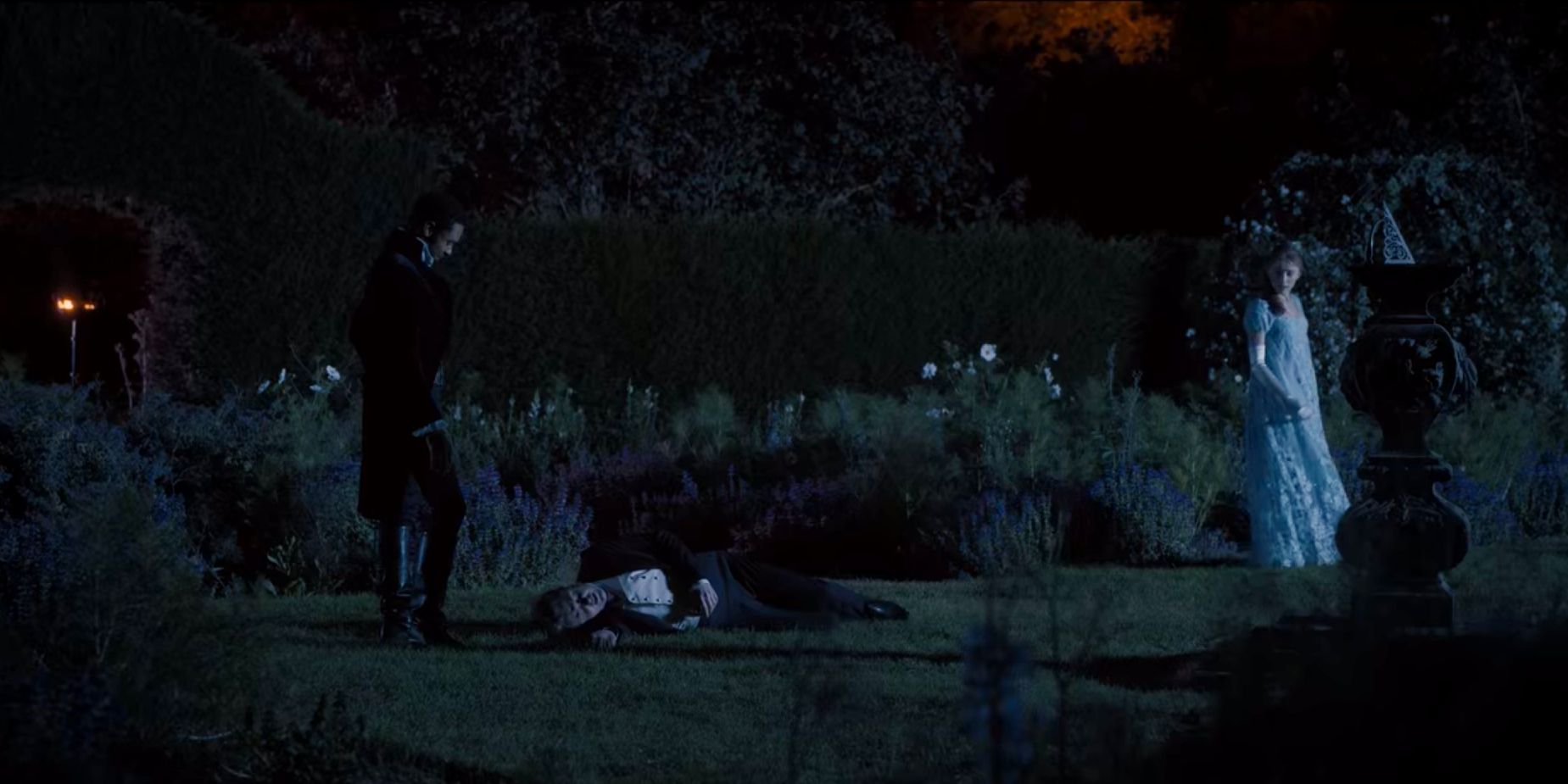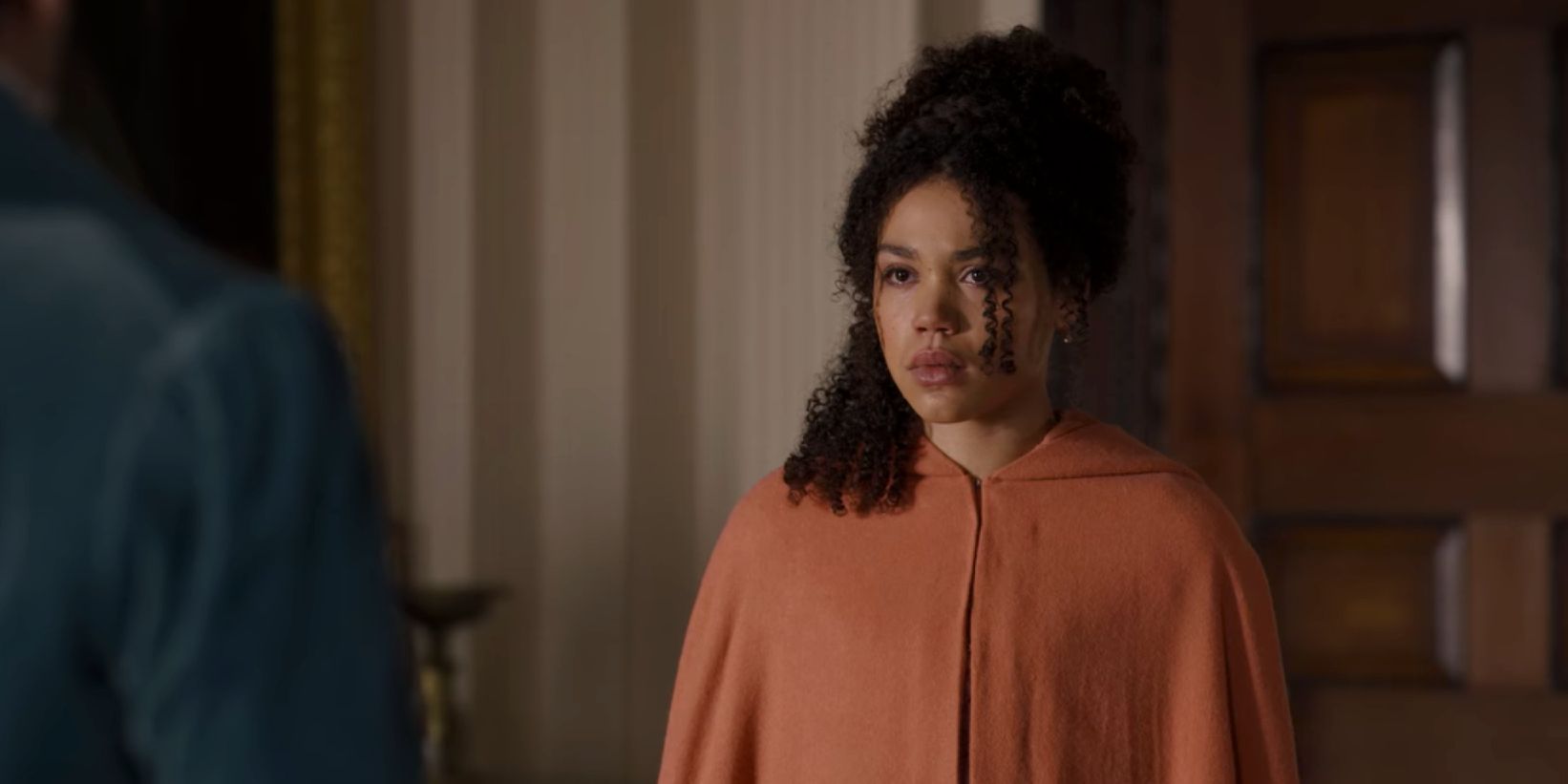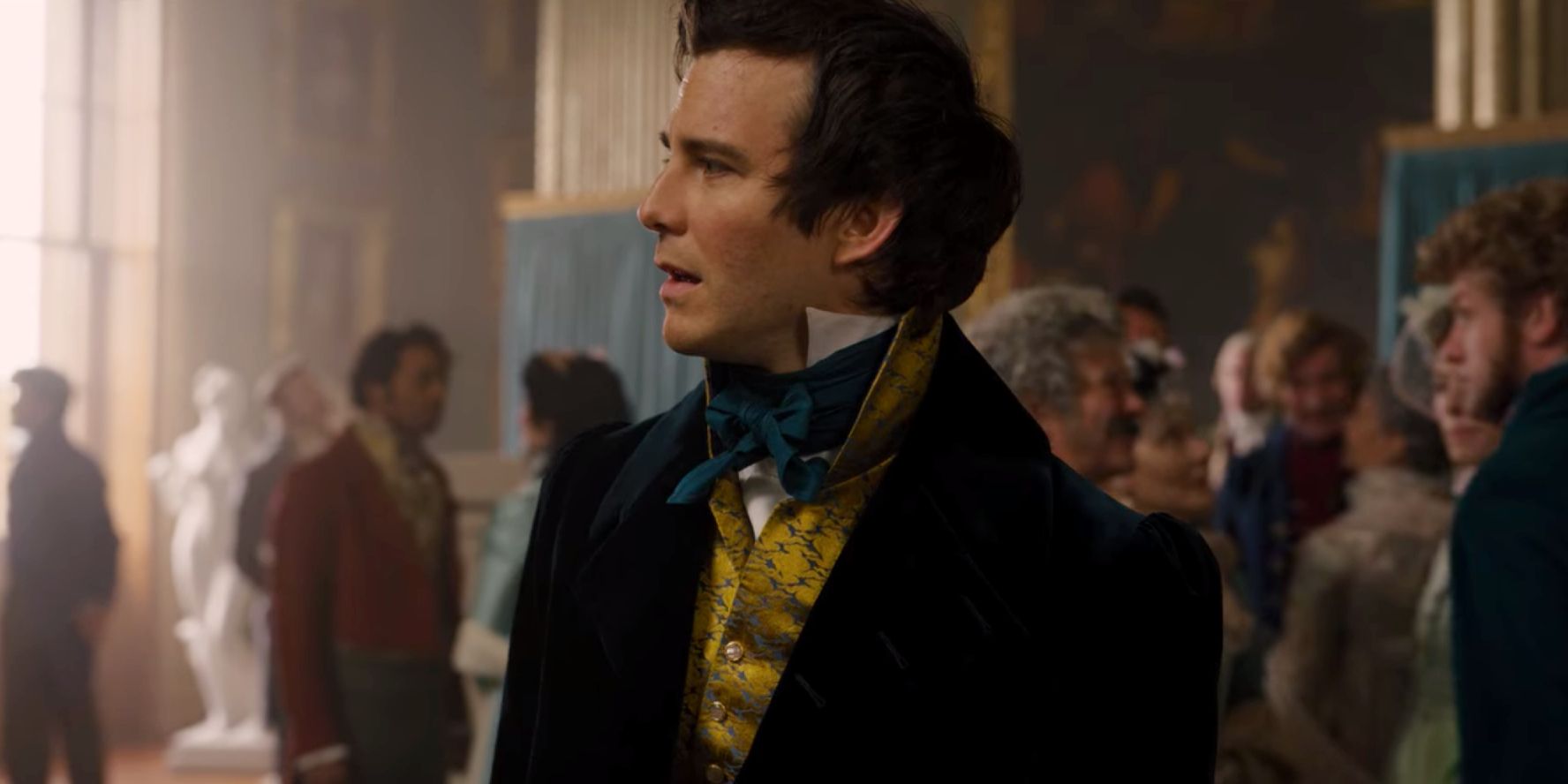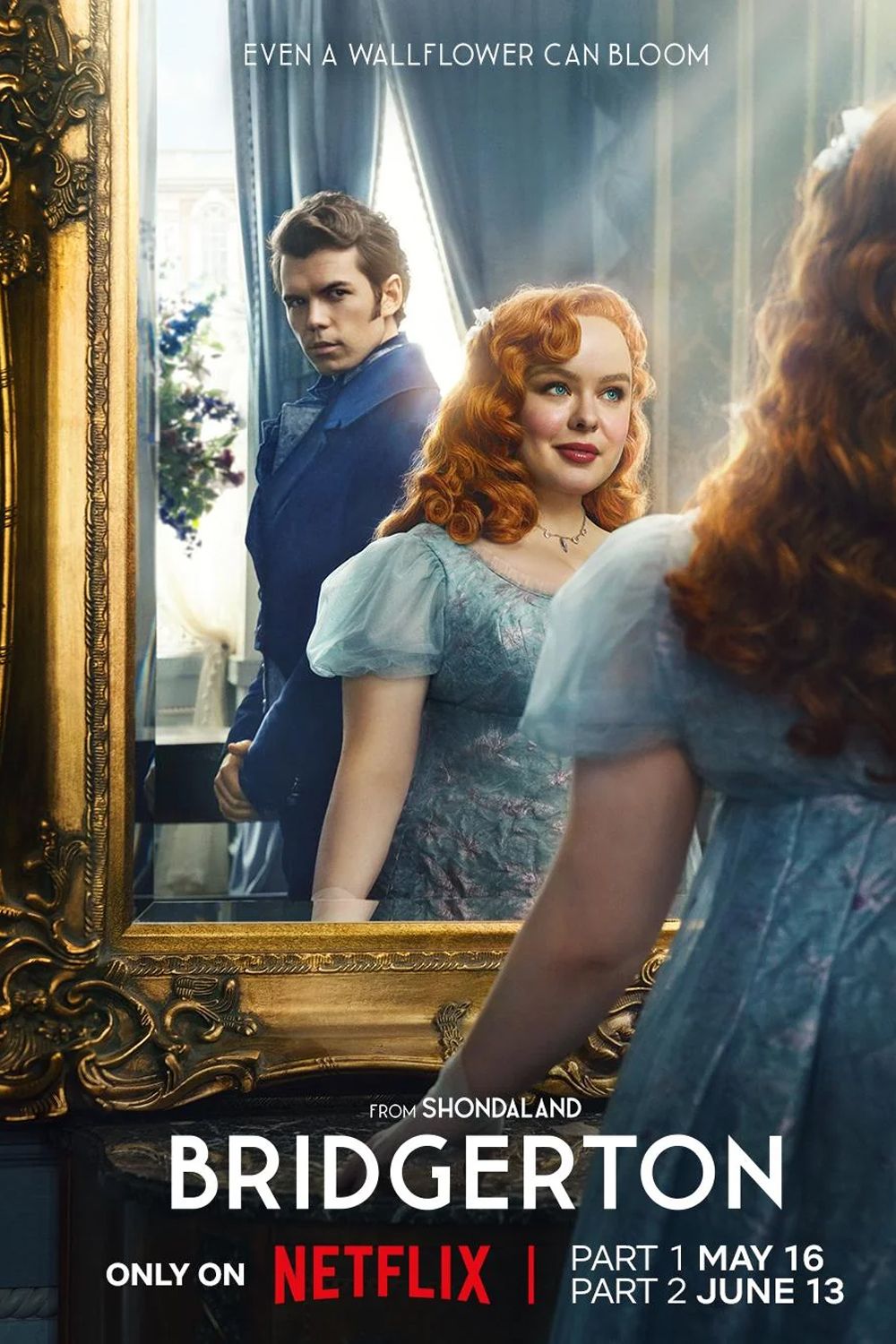Bridgerton: Complete Glossary – Words You Need To Know
Summary
- “The Ton” refers to British high society, embodying importance of etiquette and manners in Bridgerton’s culture.
- A “rake” in Bridgerton is a man engaging in womanizing, drinking, and gambling, often associated with immoral behaviors.
- Bridgerton explores Regency-era language, from “High in the instep” to euphemisms like “The Marital Act” and “Being Ruined.”
Bridgerton is a wildly popular Netflix series set in regency-era London with very specific vocabulary including terms like “calling hour” and “rake.” Bridgerton, based on the novel series of the same name by Julia Quinn, is the latest release from Shondaland. Each season of the series follows the romantic entangles of one of the titular Bridgerton siblings. Season 1 followed Daphne (Phoebe Dynevor), season 2 Anthony (Jonathan Bailey), and season 3 Colin (Luke Newton). The show has garnered significant attention and a place on Netflix’s top ten list.
Despite Bridgerton’s many covers of modern songs for its balls and widespread popularity, it includes several words and phrases that are quite out of date by today’s standards. As a period piece, the show reflects not only the culture and fashion of the Regency era but the language as well. Though most of what the characters say is easily understandable, some words and phrases appear that may be quite confounding. This guide will help shed light on the unusual terms that appear when watching Bridgerton.
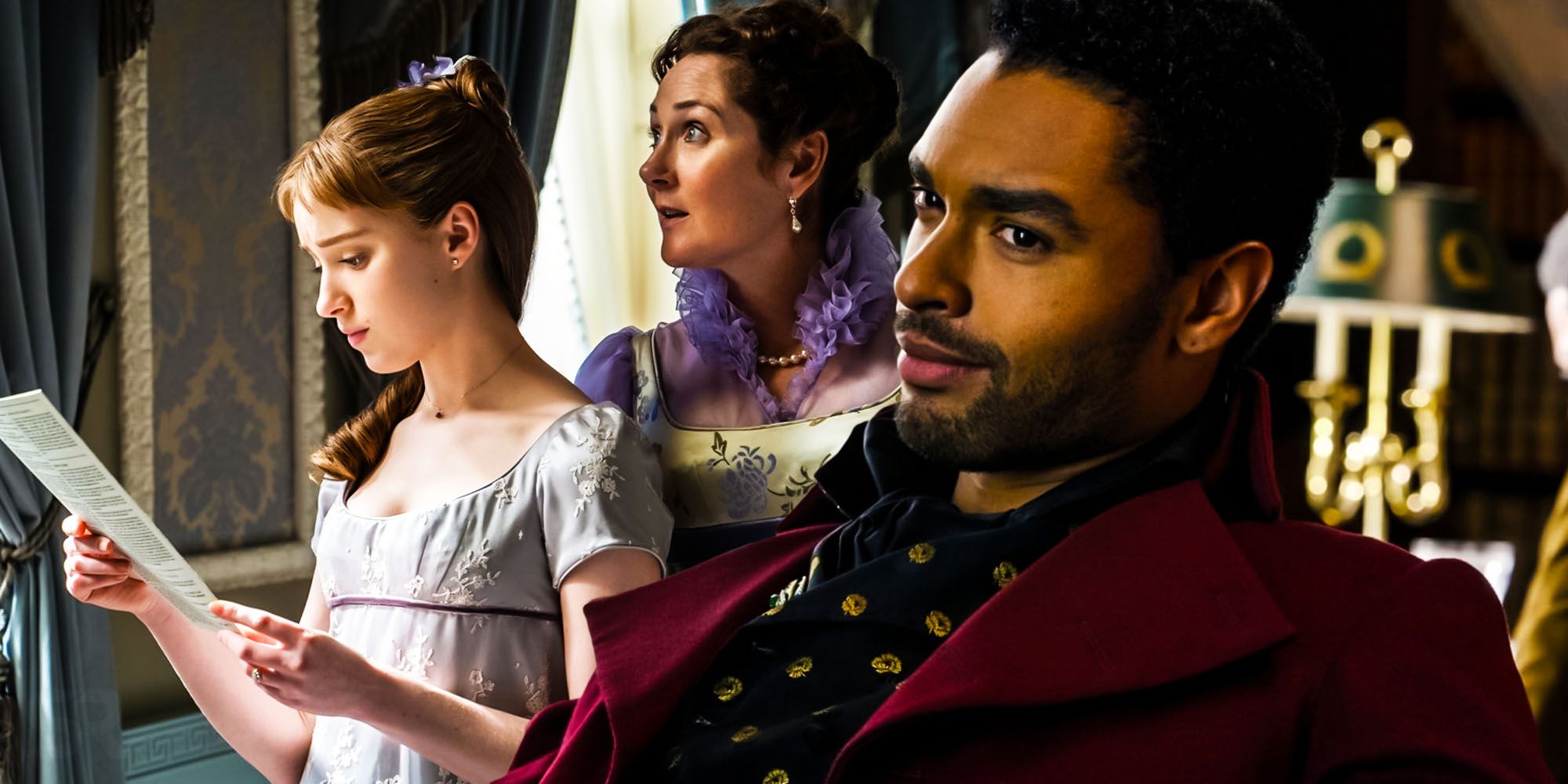
Related
Bridgerton: What Happens To Simon After Season 1 (Book Story Explained)
Simon doesn’t return to the screen, but the Bridgerton books shed light on his future, so here’s what the books tell about his life after season 1.
The Ton
“The Ton” is the term used for British high society. Characters in Bridgerton often refer to “the ton,” and though this turn of phrase may sound like an adaptation of “the town,” it actually refers generally to all of high society. The phrase comes from the French phrase “le bon ton,” meaning “etiquette” or “good manners.” It is clear that society in Bridgerton places great importance on propriety and manners, and “the ton” is a good example of how that belief influences the culture.
Members of the ton have very particular rules to follow, like young ladies never being unchaperoned, or never dancing with the same partner more than twice unless they are seriously courting. The ton is also exclusive to old money, those with titles, and families of land owners. Members of the working class are not a part of it, which is why Will Mondrich is encouraged to give up the ownership of the club he and his wife have worked so hard for when their son inherits a wealthy distant relative’s title in Bridgerton season 3.
Rake
A “rake” is a man who engages in what are considered to be immoral behaviors, most notably womanizing, but also usually drinking and gambling. A rake often wastes his money on these hedonistic pursuits. Many characters in Bridgerton call Simon Basset a rake, due to his reputation for drinking and having a Don Juan-esque personality. When Violet Bridgerton defends Simon as a good match for Daphne, she says that she believes “reformed rakes” can make excellent husbands, implying that the late Lord Bridgerton may have once been a rake himself.
Of course, it can also be argued that Anthony Bridgerton is a rake, though it’s not a face he presents to the Ton the same way that Simon does. He and Simon ran in the same circles in school, which is how Simon got his introduction to Daphne in the first place. Like Simon, Anthony frequents the same clubs and spends his money on boxing matches and unmarried women before he meets Kate Sharma.
High In The Instep
The phrase “high in the instep” is used to refer to someone who is conceited or arrogant. The phrase likely came from the fact that the nobility was thought to have higher foot arches (aka, the instep) than the working class, who might have had flatter feet as a result of poorly made shoes and a lot of time spent doing hard labor on their feet. The insulting phrase implies that a person thinks more highly of themselves than they should.
This particular turn of phrase isn’t used often in Bridgerton, but it is one that Daphne is especially conscious of in the first season. When she first marries Simon, she worries that the people who live and work on his lands will see her as high in the instep when she decides to visit them. What actually happens is a misunderstanding on her part, leaving many of the locals suspicious of her, but it’s never her intention to imply that she is somehow better than anyone working the land.
2:36
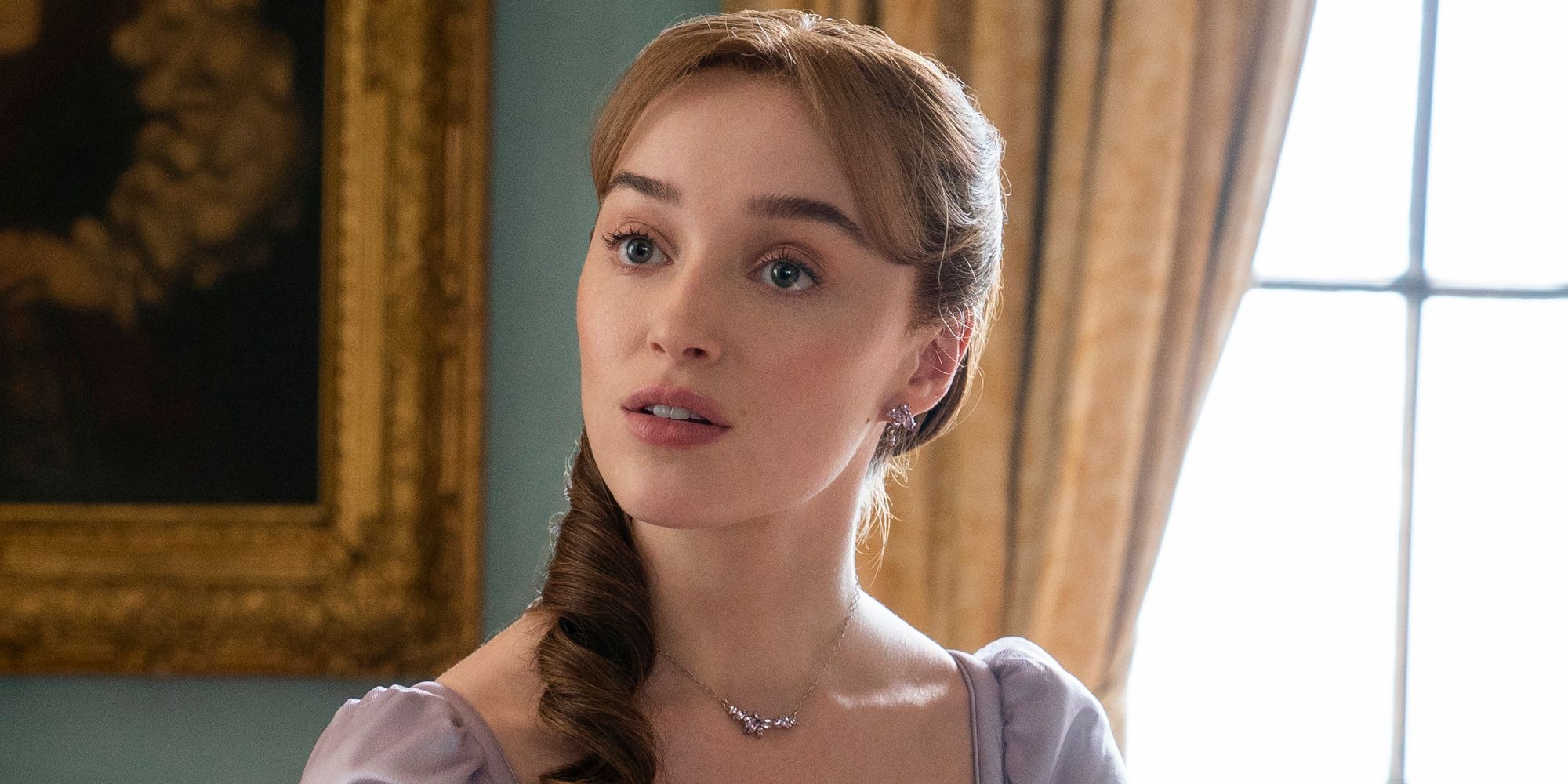
Related
Why Phoebe Dynevor’s Daphne Is Missing From Bridgerton Season 3
Though Phoebe Dynevor kicked off Bridgerton season 1 as Daphne Bridgerton, she is nowhere to be seen in the newest season for one specific reason.
Modiste
The “Modiste” is someone who makes fashionable women’s clothing, especially dresses or hats. A modiste is essentially a dressmaker, creating custom clothing for their patrons. Bridgerton’s modiste is, of course, Genevieve Delacroix, a friend of Siena Rosso’s and, later, Benedict Bridgerton. Many ladies in the series visit Genevieve, whether to commission new dresses, alter old ones (such as the lowering of Eloise’s hems), or purchase other fashionable materials or products.
Bridgerton does point out in season 1, when Portia Featherington discovers that her husband has used all of the family money, that Madame Delacroix isn’t the only modiste in town, but she’s the only one that it seems the main characters frequent. She is in a unique position to hear plenty of gossip among the ladies of the ton because she also visits their homes with her custom creations.
Coming Out/Debuting
The young women of Bridgerton often talk about “coming out,” “being out,” or “debuting,” which refers to the tradition of formally entering the marriage market. Once a girl has “debuted” or “come out,” she is able to search for a husband much like Daphne or Cressida Cowper, or many of the other young women throughout Bridgerton. In season 2, Kate is older than most ladies when they officially debut and has no intention of finding a husband, so she is never officially out, despite ending up married at the end of the season.
There is a ceremonial aspect to the way young ladies formally debut in Bridgerton. Instead of simply attending a ball when they come of a certain age, they must make a formal debut to the queen involving white dresses seemingly to indicate their chastity. Their guardians present them to the queen, they curtsy, and the queen chooses whether she wants to help any of the young ladies of the ton find a match, or simply observe them at her lavish social events.
The Social Season
“The social season” refers to a few months out of the year that London society often devoted to events and balls at which young members of the ton could mingle and search for a match. The exact time frame of the social season is up for debate, but the most popular months were April through August.
This makes sense as they are the months with the mildest climates. This would allow for men and women to don their best clothing for balls without ruining any of it in the snow or sludge on the way there. It also meant that there could be events outside, such as the unveiling of the hot air balloon in Bridgerton season 3. All of these events are designed for the wealthy members of London society to make connections and prepare for weddings.
In addition to the formal events of the season, there is a specific “calling hour” during the day. Suitors are encouraged to pay a visit to the homes of the young ladies they are interested in getting to know better. Edwina sees a crush of suitors during calling hour in season 2 and Anthony has to resort to getting to know the Sharmas another way.
This time is reserved for marriage prospects, as Eloise is reprimanded for visiting Cressida during calling hour in season 3, making it clear that it’s taken very seriously by families hoping to land their daughters a match during the season.
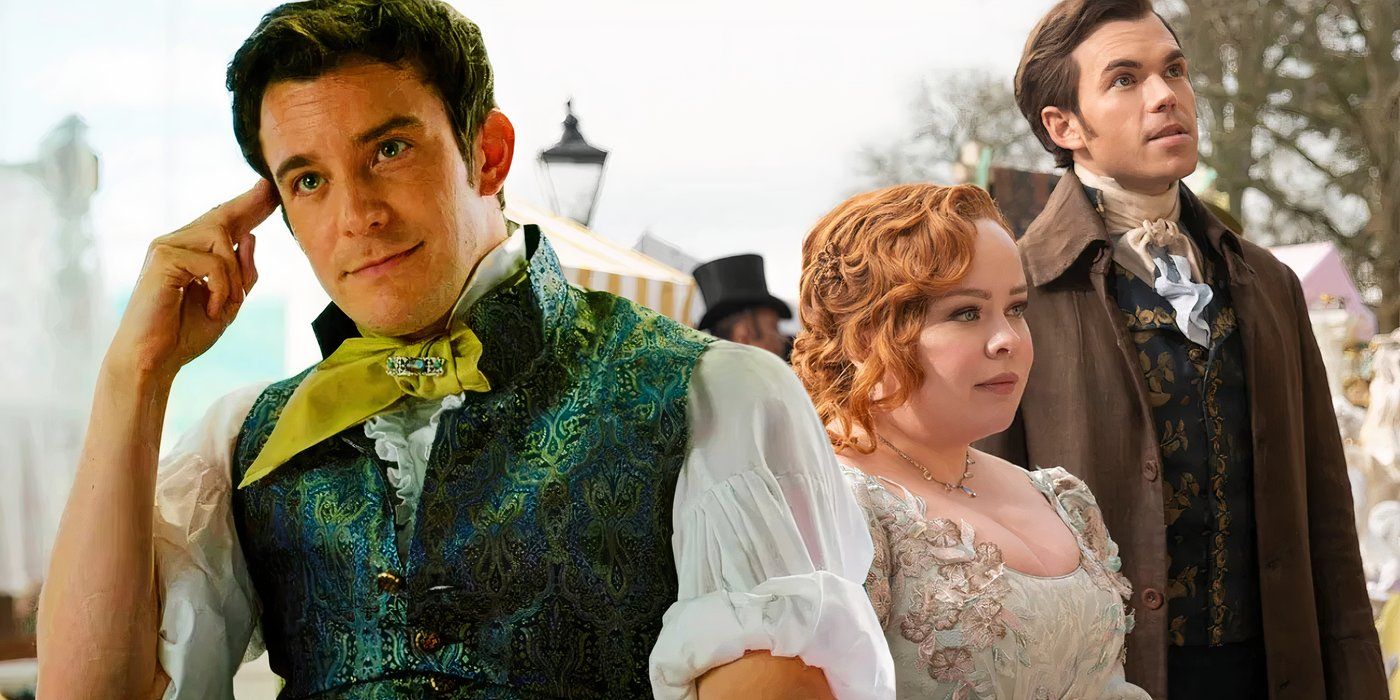
Related
Bridgerton Season 4: Confirmation & Everything We Know
The Regency Era romance has kept heart fluttering for three seasons thus far, and Netflix has already renewed Bridgerton for season 4.
The Marital Act
“The marital act” is a euphemism for sex since any other term would be considered vulgar and not appropriate for young ladies of the ton to hear. One of the topics Bridgerton confronts is the incredible taboo placed on discussions of sexuality. Many young women in the series know little or nothing about sex or pregnancy. Though Eloise and Penelope’s determination to learn where babies come from is charming and played for laughs, Daphne’s journey displays just how harmful that lack of knowledge could actually be.
When she marries Simon, she has absolutely no understanding of just how a woman becomes pregnant or even what the marital act entails. Her mother is too uncomfortable to speak with her about it, and she eventually asks her maid Rose for an education on the subject. Women had limited access to education and had to rely solely on family members and friends to educate them about healthy and safe sexual practices.
A Woman’s Honor Or Virtue
“A Woman’s Honor or Virtue” is a euphemism for her virginity. Because having sex before marriage was considered immoral during the Regency era, a lot of importance was placed on virginity – at least for the women on the marriage market. It was a double standard because it never applied to men, which fans of Bridgerton will recognize as men are encouraged to have sexual encounters before finding a wife.
Anthony even tells Colin he should go to a brothel in the first season instead of settling for the first woman who interests him (Marina), and Colin does eventually begin to frequent one because it’s expected of him. On the other hand, the mere implication that Daphne may have had a sexual encounter with a man is enough to ruin her prospects for marriage in the first season. This particular idea of virtue ties into another important term that gets used quite a bit in Bridgerton – being ruined.
Being Ruined
The idea of “being ruined” also stems from the concept of a woman’s virtue, and generally indicates that a woman has had sex with someone outside of marriage. This would invite great scandal, and explains why when news of Marina’s pregnancy comes out, she is considered to be “ruined.” The severity of ruination was, in fact, so great that simply being associated with a ruined woman proved troublesome for a woman whose so-called virtue was intact.
This idea is also part of the reason why Colin helping Penelope try to find a husband is treated so scandalously in Bridgerton season 3. They meet up, often unchaperoned, and no one knows what they get up to. If Penelope was caught in a compromising situation with Colin, she would have been considered ruined as well, whether anything actually happened between them or not.
Skied
This is not a term used often in Bridgerton, but fans of the show might hear it again when Benedict Bridgerton becomes more of a focus for the show. That’s because it pertains to art. A regency-era tradition of covering walls with paintings from floor to ceiling resulted in some being “skied,” or hung up so high on the wall that they could not be easily seen.
Fans may remember this phrase from Benedict Bridgerton’s first encounter with Sir Henry Granville, when he unwittingly insults the artist’s work, suggesting it should have been “skied” along with the other undesirable pieces. It’s an apt term for the handful of scenes that involve art exhibits in the show as so many of the rooms feature more artwork than the audience gets to see. Paintings are clearly placed far above the eyelines of the characters or the cameras in Bridgerton.




